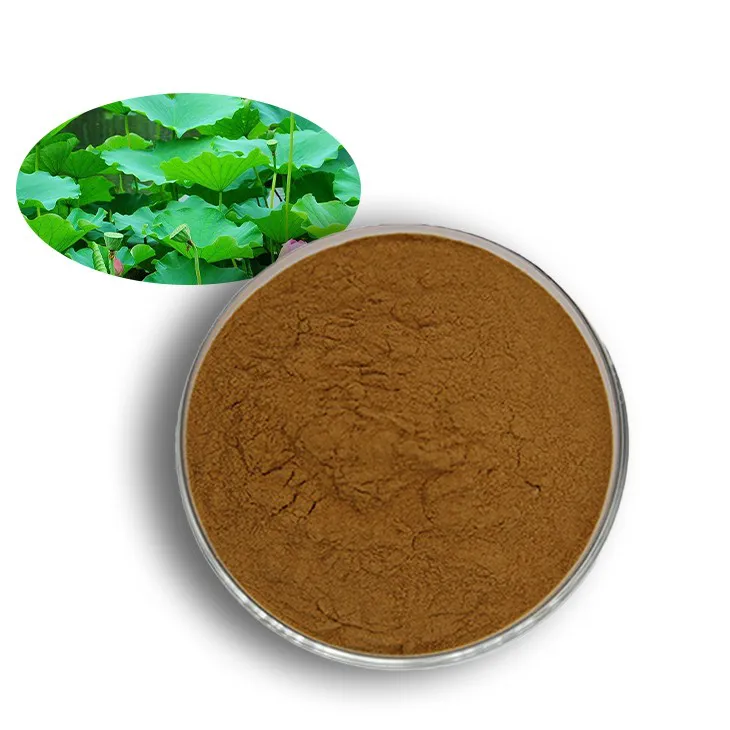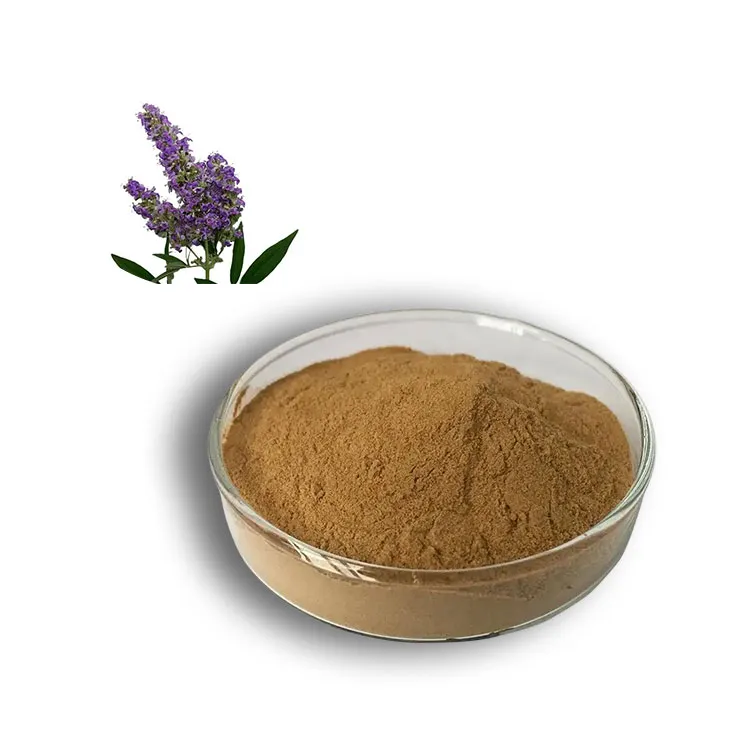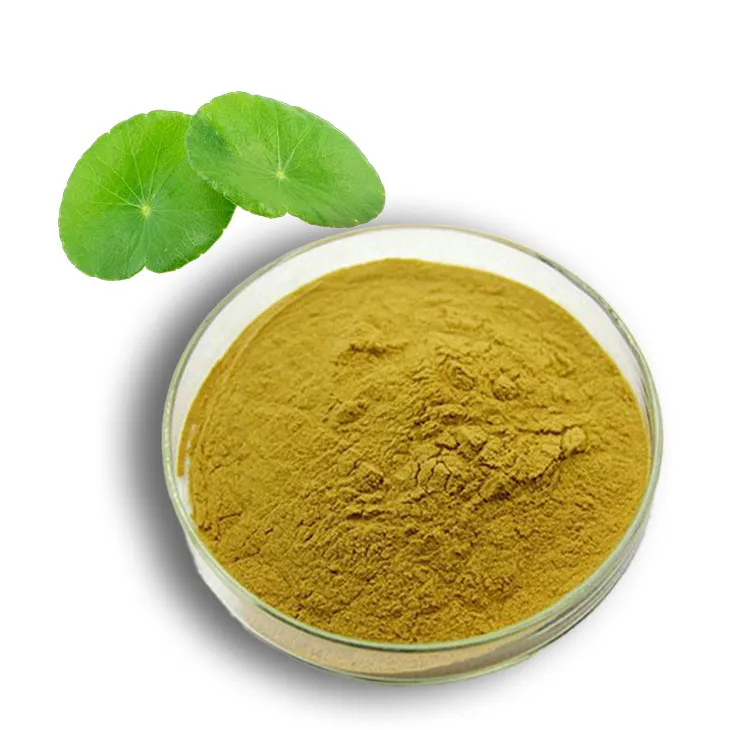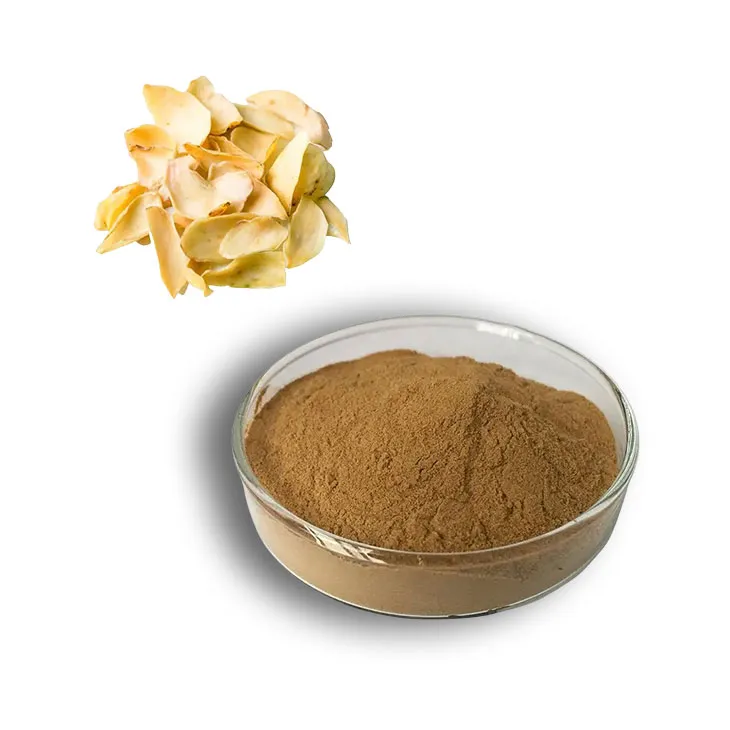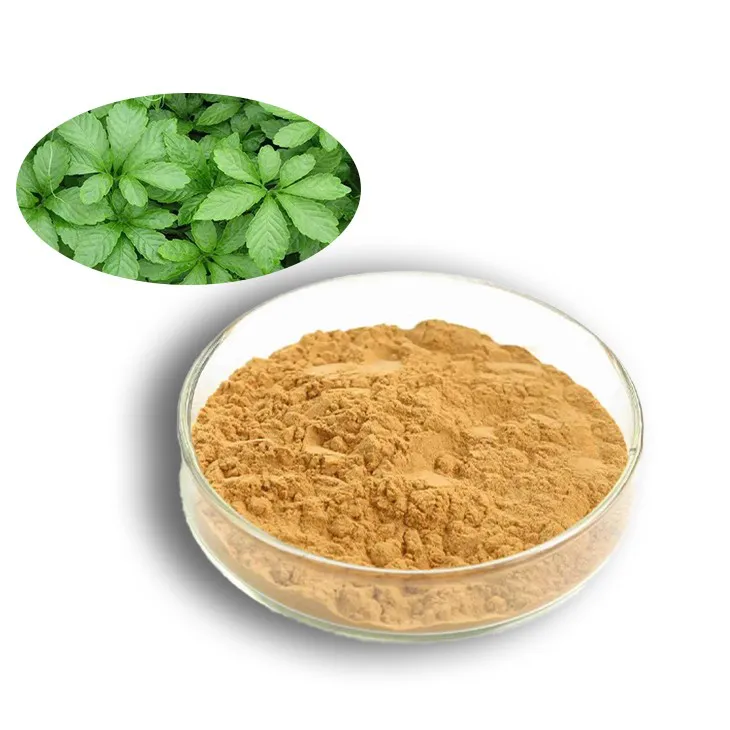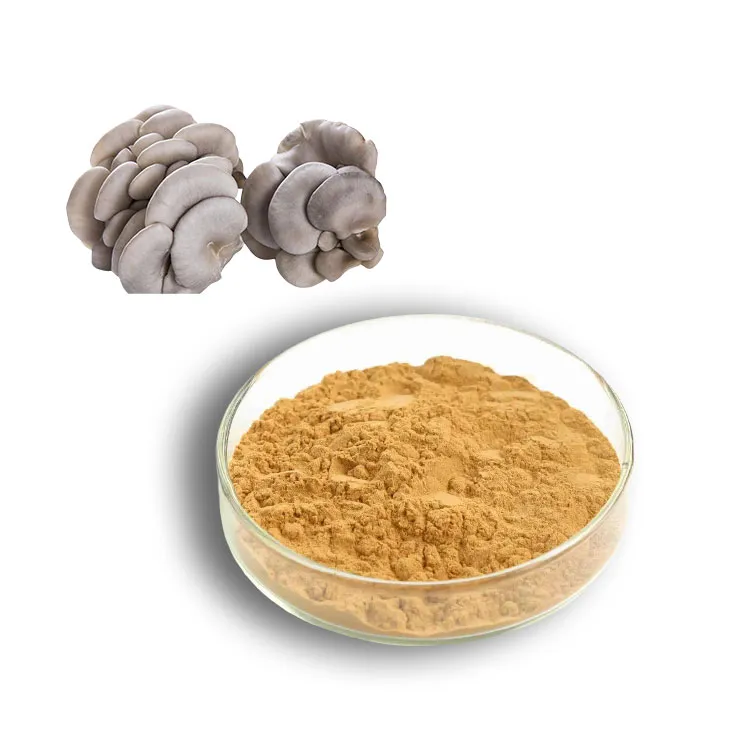- 0086-571-85302990
- sales@greenskybio.com
Exploring the Market Potential of Giant Knotweed Extract: Commercial Uses and Innovations
2024-07-04
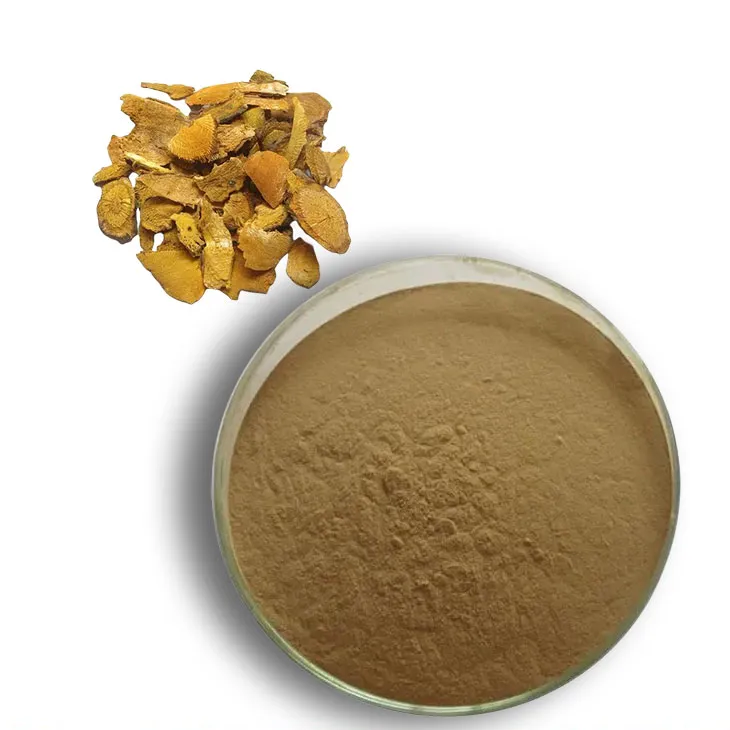
1. Introduction
In recent years, there has been a growing interest in natural products, both in the field of health and beauty. Giant Knotweed Extract has emerged as a significant contender in this arena. Giant knotweed, also known as Fallopia sachalinensis, is a plant that has been used in traditional medicine for centuries in some regions. However, it is only in modern times that its full commercial potential is being explored. This article aims to delve deep into the various commercial uses of Giant Knotweed Extract and the innovative trends associated with it.
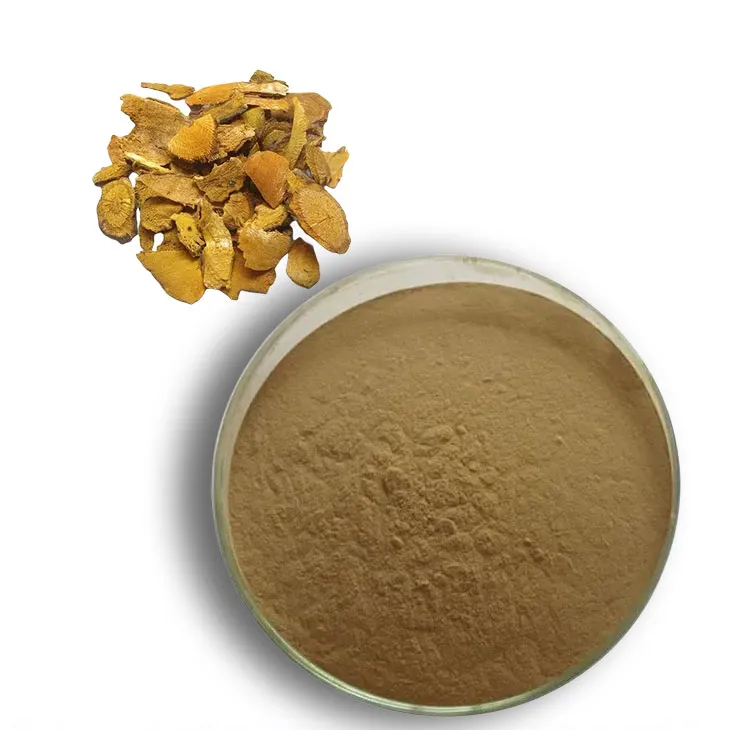
2. Herbal Remedies: The Traditional and Modern Applications
2.1 Traditional Use
Historically, giant knotweed has been used in traditional herbal remedies. In some cultures, it was believed to have anti - inflammatory properties. For example, in traditional Asian medicine, extracts from the plant were used to treat various ailments such as joint pain. The plant was often prepared as a decoction or tincture. A decoction involved boiling the plant parts in water, while a tincture was made by soaking the plant in alcohol for a period of time.
2.2 Modern Medicinal Research
- Modern scientific research has started to validate some of the traditional claims. Studies have shown that Giant Knotweed Extract may indeed possess anti - inflammatory compounds. For instance, certain bioactive molecules in the extract have been found to inhibit the production of inflammatory cytokines.
- It has also been investigated for its potential antioxidant properties. Antioxidants play a crucial role in protecting the body from oxidative stress, which is associated with various diseases including cancer and heart disease. The extract contains phenolic compounds that act as antioxidants, scavenging free radicals in the body.
- There is also some evidence suggesting that it may have antimicrobial properties. In laboratory tests, the extract has shown activity against certain bacteria and fungi, which could potentially lead to its use in the development of new antimicrobial agents.
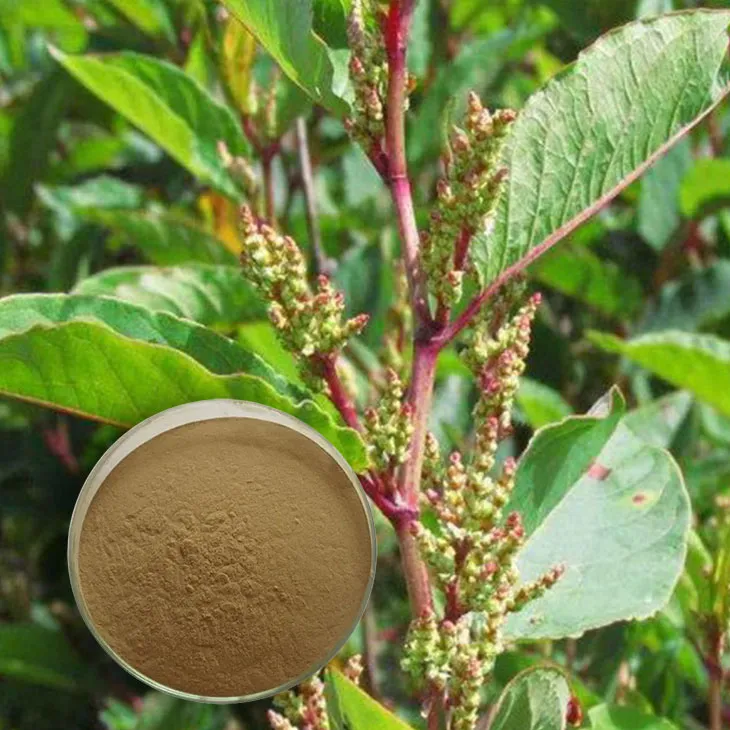
3. High - End Skincare Products: A New Frontier
3.1 Skin Benefits
The use of giant knotweed extract in high - end skincare products is on the rise. One of the main reasons is its potential to improve skin health.- It has been found to have anti - aging effects. The antioxidant properties of the extract help in protecting the skin from damage caused by free radicals. Free radicals can break down collagen and elastin in the skin, leading to wrinkles and sagging. By scavenging these free radicals, the extract can help maintain the skin's elasticity and firmness.
- Another benefit is its potential to soothe irritated skin. The anti - inflammatory properties of the extract can be beneficial for those with sensitive or inflamed skin conditions such as eczema or rosacea. It can reduce redness and irritation, making the skin look and feel healthier.
3.2 Market Trends in Skincare
- Consumers are increasingly demanding natural and organic skincare products. Giant knotweed extract, being a natural ingredient, fits well into this trend. Many high - end skincare brands are now incorporating it into their product lines, from moisturizers to serums.
- There is also a growing interest in products with multiple benefits. A skincare product that combines anti - aging, anti - inflammatory, and antioxidant properties, like those provided by giant knotweed extract, is highly appealing to consumers. This has led to an increase in the market share of products containing this extract.
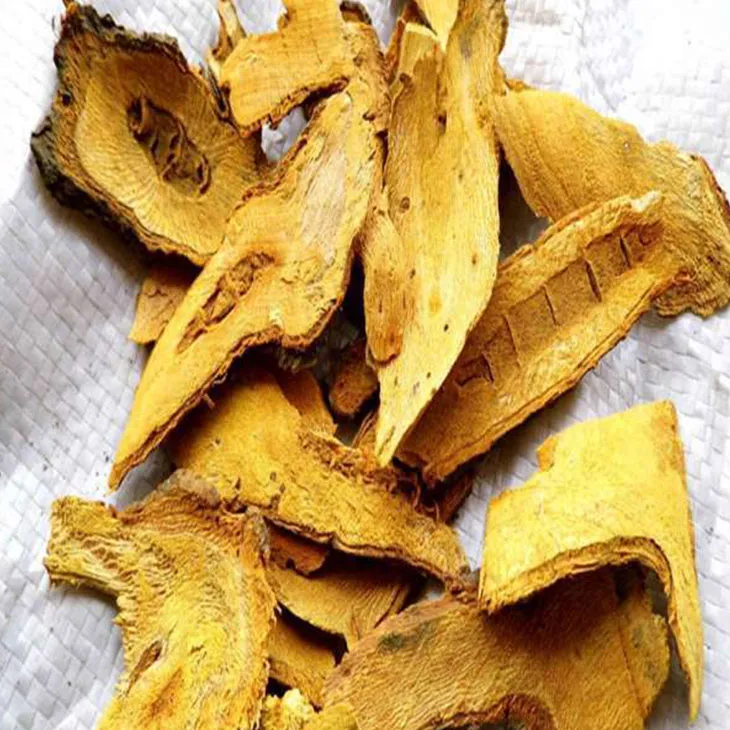
4. Sustainable Product Development: Innovations with Giant Knotweed Extract
4.1 Sustainable Sourcing
- One of the innovative trends surrounding giant knotweed extract is sustainable sourcing. As the demand for natural products grows, it is essential to ensure that the sourcing of the plant is done in an environmentally friendly manner. Some companies are now working on cultivating giant knotweed in a sustainable way, either through organic farming methods or by promoting its growth in areas where it can coexist with other native plants without causing ecological imbalance.
- In addition, efforts are being made to reduce waste during the extraction process. This includes using more efficient extraction techniques that maximize the yield of the active compounds while minimizing the use of solvents and energy.
4.2 Product Innovation
- In the field of product innovation, giant knotweed extract is being used in new and unique ways. For example, it is being incorporated into biodegradable packaging materials. The natural properties of the extract can enhance the strength and durability of the packaging while also making it more environmentally friendly.
- Another area of innovation is in the development of functional foods. Some companies are exploring the possibility of adding giant knotweed extract to food products due to its potential health benefits. This could lead to the creation of new types of health - promoting snacks or dietary supplements.
5. Business Opportunities and Market Potential
5.1 Market Growth and Projections
The market for giant knotweed extract is expected to grow significantly in the coming years. With the increasing awareness of its health and beauty benefits, more consumers are likely to seek products containing this extract.- In the herbal remedies sector, as research continues to uncover more potential medicinal uses, the demand for giant knotweed - based products is likely to increase. This could lead to a growth in the production of dietary supplements, herbal teas, and other traditional medicine products.
- In the skincare market, the trend towards natural and multi - functional products is expected to drive the growth of products containing giant knotweed extract. As more consumers become aware of its skin - enhancing properties, the market share of these products is likely to expand.
5.2 Challenges and Solutions for Businesses
- One of the challenges for businesses entering this market is regulatory compliance. Different regions have different regulations regarding the use of herbal extracts in products. For example, in the European Union, strict regulations govern the safety and quality of herbal products. To overcome this, businesses need to invest in research and development to ensure that their products meet the required standards.
- Another challenge is competition. As the market potential of giant knotweed extract becomes more evident, more companies are likely to enter the market. To stay competitive, businesses need to focus on product differentiation. This could involve developing unique formulations, such as combining the extract with other complementary natural ingredients, or investing in marketing strategies that target specific consumer segments.
6. Meeting Consumer Demands: Natural and Effective Products
6.1 Consumer Awareness and Expectations
Today's consumers are more informed than ever before. They are aware of the potential benefits of natural products and are increasingly skeptical of synthetic alternatives. Giant knotweed extract, with its natural origin and multiple proven and potential benefits, meets the expectations of these consumers.- Consumers expect products to be effective. With the scientific research supporting some of the properties of giant knotweed extract, such as its antioxidant and anti - inflammatory effects, products containing this extract can be marketed as effective solutions for various health and beauty concerns.
- They also expect products to be safe. As long as proper quality control and regulatory compliance are ensured, giant knotweed - based products can be a safe choice for consumers.
6.2 Product Development and Marketing Strategies
- In product development, companies should focus on creating high - quality products that highlight the unique properties of giant knotweed extract. This could involve conducting further research to discover new benefits or improving the extraction and formulation processes to enhance the effectiveness of the product.
- In marketing, a targeted approach is crucial. For example, in the case of skincare products, targeting consumers with specific skin concerns such as aging or sensitivity can be effective. Highlighting the natural origin of the extract and its multiple benefits in marketing materials can also attract consumers who are interested in natural and effective products.
7. Conclusion
Giant knotweed extract has a vast market potential, with applications ranging from herbal remedies to high - end skincare products and innovative sustainable product development. The growing interest in natural and effective products among consumers, along with the scientific research validating some of its properties, makes it an attractive ingredient for businesses. However, to fully realize its potential, businesses need to overcome challenges such as regulatory compliance and competition. By focusing on product quality, innovation, and targeted marketing, companies can tap into the market potential of giant knotweed extract and meet the demands of consumers seeking natural and effective products.
FAQ:
What are the main commercial uses of Giant Knotweed Extract?
The main commercial uses of Giant Knotweed Extract include its application in herbal remedies and high - end skincare products. In herbal remedies, it may possess certain health - promoting properties. In skincare, it can contribute to the quality and effectiveness of products due to its potential beneficial components for the skin.
How does Giant Knotweed Extract contribute to sustainable product development?
It can contribute to sustainable product development in several ways. For example, it may be sourced sustainably, which can support local ecosystems and economies. Also, its natural properties might make it a more environmentally friendly alternative compared to some synthetic ingredients in products, reducing the overall environmental impact of the manufacturing process.
What makes Giant Knotweed Extract suitable for high - end skincare products?
Giant Knotweed Extract may contain substances that are beneficial for the skin, such as antioxidants or compounds that can improve skin texture and appearance. These properties make it an attractive ingredient for high - end skincare products, which often seek unique and effective natural components to distinguish themselves in the market.
Are there any potential side effects of using products with Giant Knotweed Extract?
While Giant Knotweed Extract has potential benefits, there may be potential side effects in some cases. However, these can vary depending on factors such as the extraction method, concentration, and individual sensitivities. More research is often needed to fully understand and quantify any potential side effects.
How can businesses take advantage of the market potential of Giant Knotweed Extract?
Businesses can take advantage of its market potential by researching and developing high - quality products that contain Giant Knotweed Extract. They can also focus on marketing the natural and effective properties of the extract to target consumers who are interested in such products. Additionally, collaborating with suppliers to ensure a sustainable and reliable source of the extract can be a strategic move.
Related literature
- The Potential of Giant Knotweed Extract in Herbal Medicine"
- "Giant Knotweed Extract: A New Ingredient for Skincare"
- "Sustainable Use of Giant Knotweed in Product Development"
- ▶ Hesperidin
- ▶ Citrus Bioflavonoids
- ▶ Plant Extract
- ▶ lycopene
- ▶ Diosmin
- ▶ Grape seed extract
- ▶ Sea buckthorn Juice Powder
- ▶ Fruit Juice Powder
- ▶ Hops Extract
- ▶ Artichoke Extract
- ▶ Mushroom extract
- ▶ Astaxanthin
- ▶ Green Tea Extract
- ▶ Curcumin
- ▶ Horse Chestnut Extract
- ▶ Other Product
- ▶ Boswellia Serrata Extract
- ▶ Resveratrol
- ▶ Marigold Extract
- ▶ Grape Leaf Extract
- ▶ New Product
- ▶ Aminolevulinic acid
- ▶ Cranberry Extract
- ▶ Red Yeast Rice
- ▶ Red Wine Extract
-
Lotus leaf extract
2024-07-04
-
Alfalfa Meal
2024-07-04
-
Chasteberry Extract
2024-07-04
-
Centella Asiatica Extract
2024-07-04
-
Lily extract
2024-07-04
-
Ivy Extract
2024-07-04
-
Gynostemma pentaphyllum extract
2024-07-04
-
Purple Sweet Potato Extract
2024-07-04
-
Curcumin Extract
2024-07-04
-
Oyster Mushroom Extract Powder
2024-07-04











